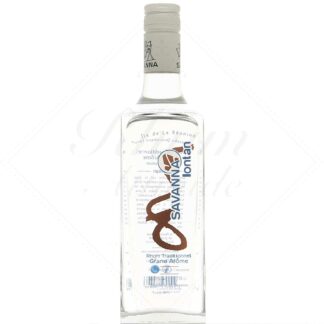Grand arôme de la baie du Galion rum is a tradition that dates back to the end of the 19th century.
It's the result of a unique method, the fermentation of sugarcane molasses and vinasse, to obtain an extraordinary aromatic concentration.
This fermentation is further enhanced by the distillery's own ecosystem of indigenous yeasts and bacteria. No additives are added, as the environment of the wooden vats is sufficient to provoke natural, spontaneous fermentation.
The fermentation room is a sacred and fragile place, which explains why only a handful of initiates are allowed inside.
To our knowledge, this is the first time this rum has been bottled as such for the public, its high aromatic power having hitherto been used only by blenders wishing to enhance their rums. In fact, it can be enjoyed as a tasting rum, in a tulip-shaped glass.
Beyond its deliciousness, aromatic richness and historical significance, it is the only rum of its kind on an island known for the excellence of its rhum agricole.
Nico's tasting notes
On the nose, the aromatic power is immediately apparent. There's a floral concentration, with geranium; fruity and iodized, with green olive; but also animal and smoky. Bitter almond then marks a turn towards something more pastry-like, like a kirsch-like cherry stone brandy.
The resting period sees the rum become considerably rounder, with a clear gain in deliciousness. Candied fruit and raisins now dominate, confirming its pastry character. The sweetness of almond brings an almost buttery, brioche-like, honeyed mellowness. While olive, resin and copper still rumble at the slightest turn of the glass, very ripe, even past-ripe exotic fruits take on a fuller character.
The palate is invasive and thick, with a rather round attack that gives way to a powerful, concentrated mid-palate. Exotic fruits (banana, very ripe mango, pineapple...) are fermenting, with a lovely acidity. The salt from the olive in brine keeps up the greediness of the fruit, which continues to swell, supported by a texture that is now drier and more coppery. The wine oscillates between pastry (raisins and prunes) and something animal, almost smoked meat.
The finish is very long and persistent, with a cherry pit that comes to the fore, again kirsch-style.







